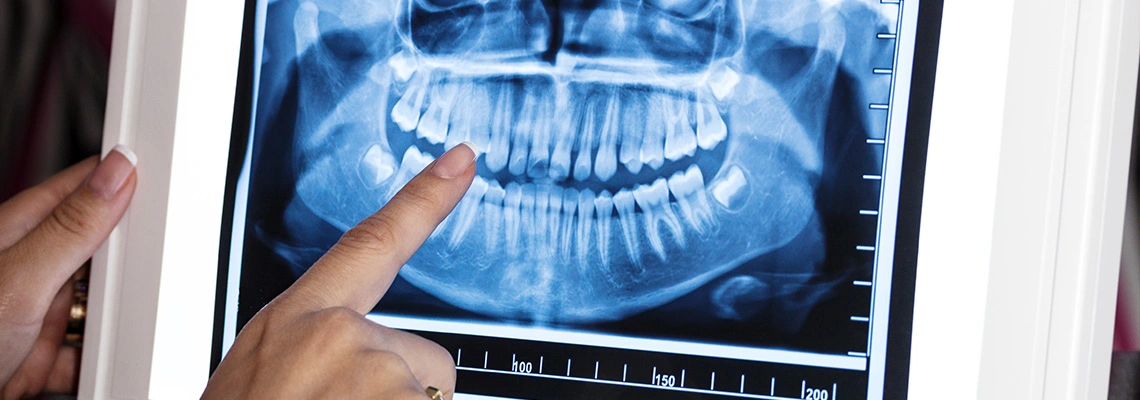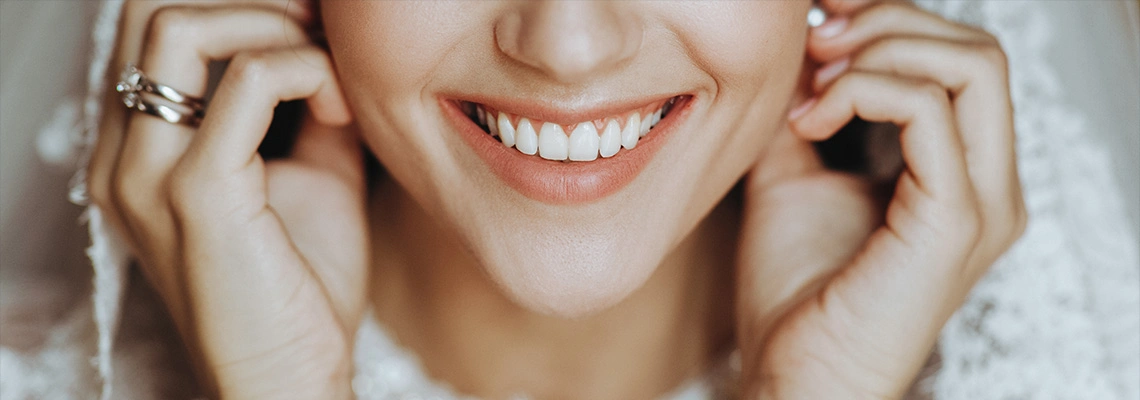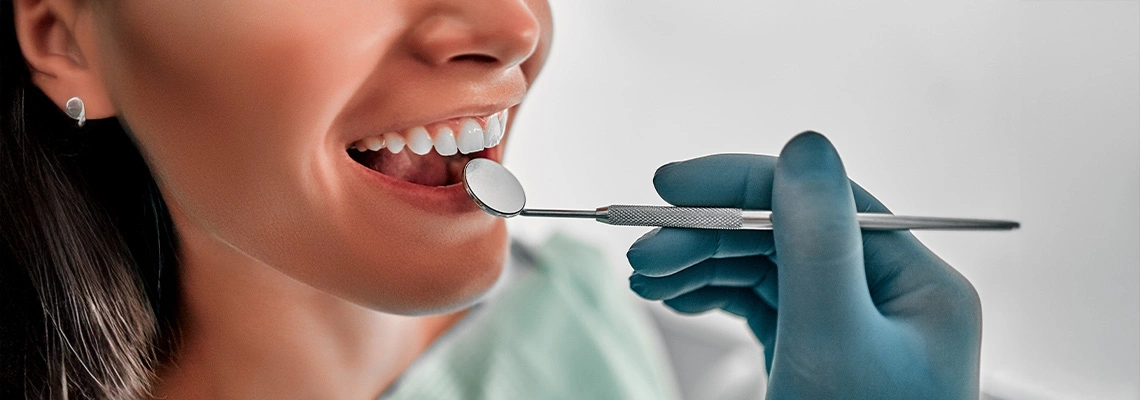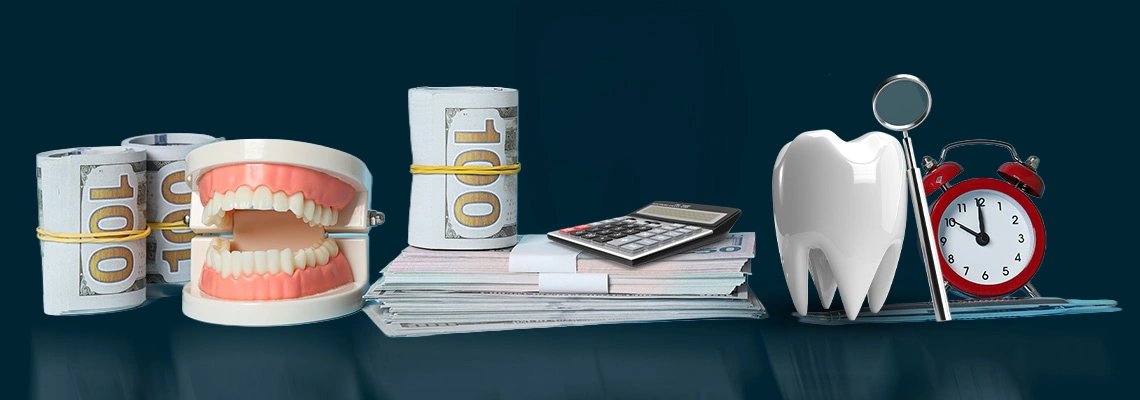Is rhinoplasty painful? Rhinoplasty or the "nose job" is one of the most common cosmetic procedures worldwide. This procedure aims to correct any malformations of the different parts of the nose either the bone, cartilage, or surrounding tissues. Some patients also tend to do rhinoplasty merely due to aesthetic reasons. The procedure usually resulted in changes in the size, shape, or straightening of the nose. This article discusses whether this operation is painful and how to deal with this pain.
Table of contents:
Is it normal for a nose to hurt after rhinoplasty?
It is normal after any surgical intervention for the patient to feel temporary swelling, discomfort, and pain. Nevertheless, it is not common to feel severe pain after rhinoplasty, as most patients rate the pain after the surgery between 2 to 5 out of 10. The discomfort can be experienced in the eyelids and nose area in the first weeks after the procedure.
Related articles
How long does the pain last after rhinoplasty?
Generally, pain and other post-surgical signs appear in the first weeks and fade gradually with taking the medical precautions and prescribed medications. Usually, the pain lasts until 4-5 weeks after the operation.
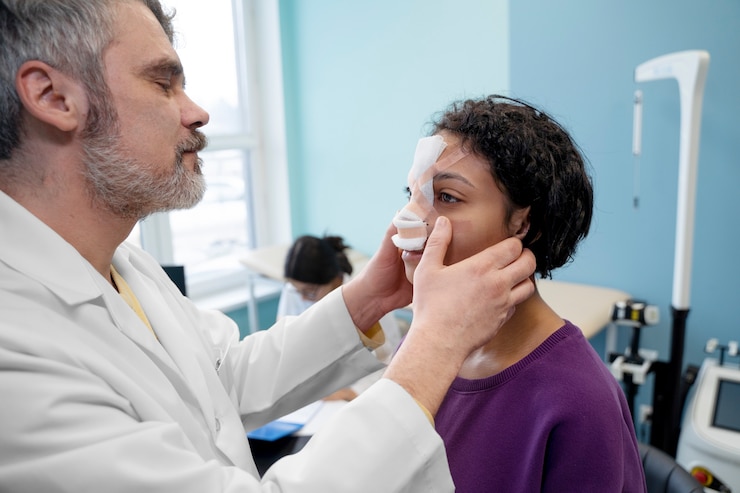
Is rhinoplasty painful during surgery?
The operation of rhinoplasty can be done under different anesthetic modes such as:
-
local anesthesia with sedation: This type is used when there is minimal surgical intervention by using pain-numbing medication with sedative injections. Although the patient will not be fully anesthetized, they can not feel any pain.
-
General anesthesia: The anesthetic drug of this type can be inhaled or taken through an IV tube. The patient will be totally unconscious during the procedure.
The mode of anesthesia can be determined according to the medical status of the patient, the level of surgical intervention needed, and the experience of the medical care staff. But in both cases, the patient will not feel any pain during the procedure.
How long does rhinoplasty take to heal?
The rhinoplasty recovery period extends after the surgery to two weeks on average. For some patients, this period can be more prolonged to week four after the procedure. In the first days after the surgery, the patient wears a nasal splint and keeps their head elevated. The post-surgical signs such as swelling, pain, and discomfort appear in the first week and fade gradually in the first months after the procedure. The result of rhinoplasty appears explicitly after the full recovery. Normally after the first week, the patient can return to daily life activities.
Is it hard to sleep after rhinoplasty?
Sleep is one of the routine activities that can be a little disturbed after rhinoplasty. After the procedure, the patient will need to keep the head elevated while resting to decrease the swelling and other symptoms.
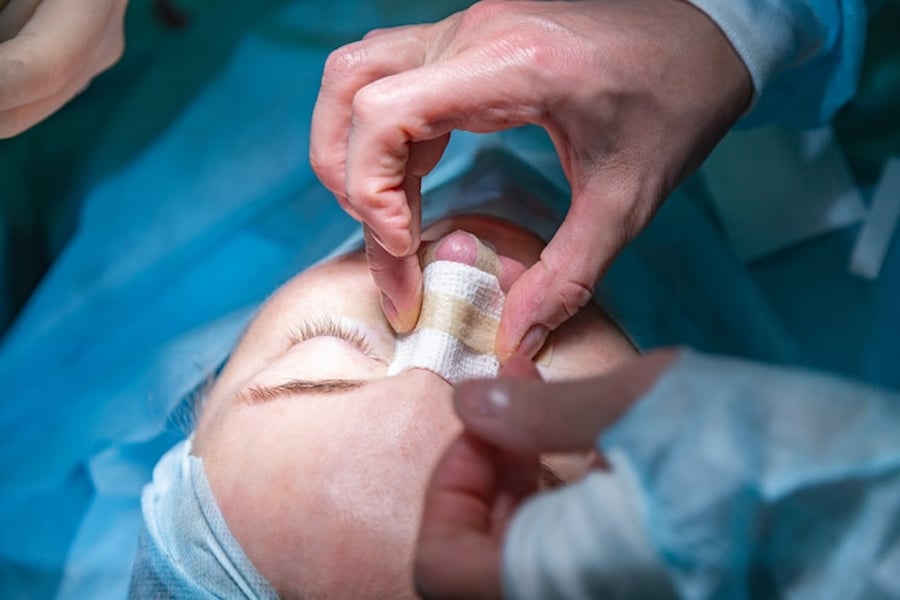
Best pain relief after rhinoplasty
The best pain relief can be different between patients according to their health status. The surgeon will prescribe a suitable painkiller and any other precautions to decrease the pain level.
Resources:
- Cosmetic Surgery for the Nose
- Rhinoplasty Surgery (Nose Job): Purpose, Procedure, Risks, Recovery (webmd.com)
- Rhinoplasty
- Rhinoplasty: Reasons, Procedure and Recovery (healthline.com)
- Rhinoplasty
- Rhinoplasty - Mayo Clinic

